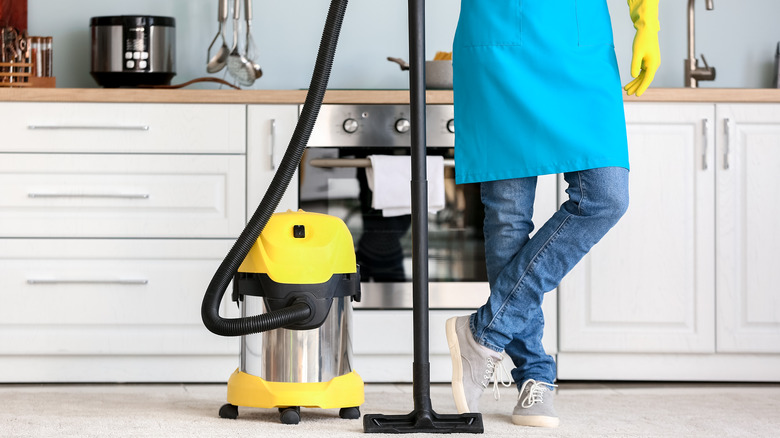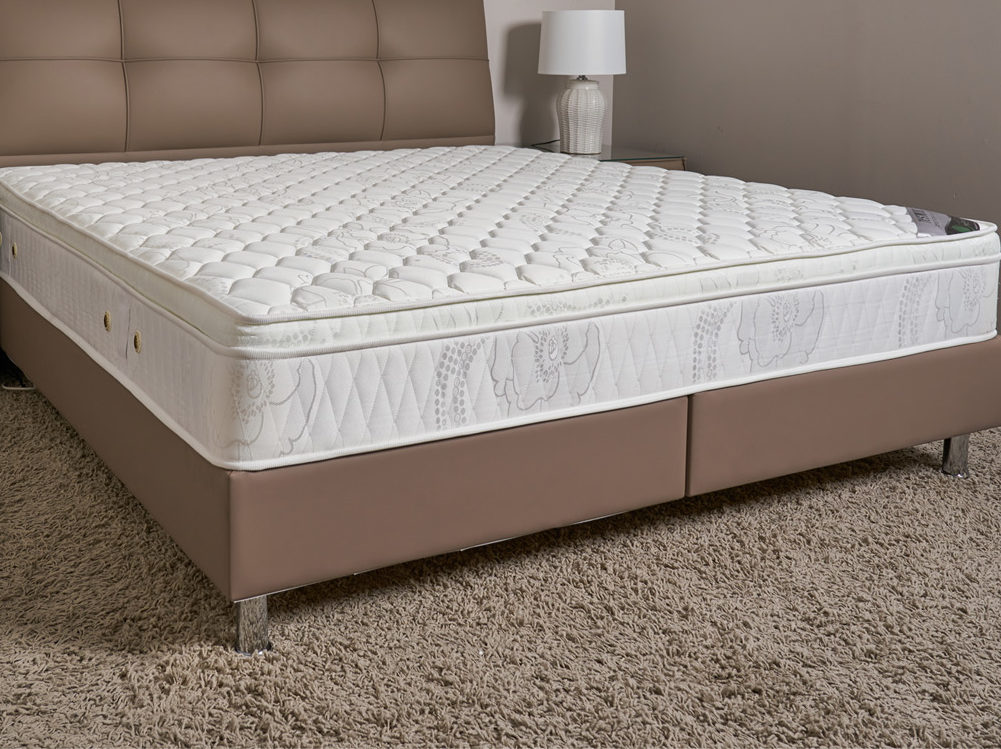1. How to Unclog a Kitchen Sink with a Plunger
Dealing with a clogged kitchen sink can be a major headache for any homeowner. While there are many methods for unclogging a sink, using a plunger is one of the most effective and budget-friendly options. In this guide, we will walk you through the steps on how to use a plunger to unclog your kitchen sink.
2. DIY: Unclogging a Kitchen Sink with a Plunger
Before calling a professional plumber, it's worth giving the plunger method a try. Not only is it a simple and straightforward process, but it also doesn't require any special tools or equipment. With a little bit of elbow grease and determination, you can save yourself time and money by unclogging your kitchen sink on your own.
3. The Best Way to Unclog a Kitchen Sink with a Plunger
When it comes to unclogging a kitchen sink with a plunger, technique is key. The first step is to fill the sink with enough water to cover the plunger's rubber suction cup. This will help create a better seal and increase the effectiveness of the plunger. Make sure to also cover the sink's overflow hole with a wet cloth to prevent air from escaping and disrupting the suction.
4. Step-by-Step Guide for Unclogging a Kitchen Sink with a Plunger
Step 1: Cover the drain with the plunger, making sure the rubber cup completely covers the drain opening.
Step 2: Push down on the plunger's handle to create a suction.
Step 3: Pull up on the handle to break the suction.
Step 4: Repeat this plunging motion several times, using quick and forceful strokes.
Step 5: Remove the plunger and check if the water is draining. If not, repeat the process until the clog is cleared.
5. Tips for Unclogging a Kitchen Sink with a Plunger
- If the water doesn't drain after several attempts, try adding some baking soda and vinegar to the drain before using the plunger. The chemical reaction can help break down the clog and make it easier to clear.
- For tougher clogs, you can also try using a drain snake or a plumbing auger. These tools can help break up and remove stubborn clogs.
- To prevent future clogs, make sure to regularly clean your sink and avoid pouring grease or oil down the drain.
6. Common Mistakes to Avoid When Unclogging a Kitchen Sink with a Plunger
- Not using enough water in the sink can make it difficult for the plunger to create a seal. Make sure to fill the sink with enough water to cover the suction cup.
- Using a plunger on a double-bowl sink can cause the water to splash out of the other drain. To prevent this, cover the other drain with a wet cloth.
- Plunging too forcefully can also cause the water to splash out. Use quick and controlled strokes instead.
7. Using a Plunger to Unclog a Kitchen Sink: Dos and Don'ts
Dos:
- Do use a plunger as a first-line method for unclogging a kitchen sink.
- Do wear gloves to protect your hands from any debris or bacteria.
- Do use a plunger specifically designed for sinks, as it will have a smaller suction cup that fits better in the drain.
Don'ts:
- Don't use a plunger if you have already poured drain cleaner down the drain. The chemical reaction can be dangerous when combined with the plunger's suction.
- Don't use a plunger on a sink with a garbage disposal. The suction can cause damage to the disposal's blades.
8. Unclogging a Kitchen Sink with a Plunger: What You Need to Know
- If you have a double-bowl sink, make sure to cover the other drain with a wet cloth to create a better seal.
- In some cases, you may need to remove the P-trap (the curved pipe under the sink) to access and remove the clog.
- If the plunger method doesn't work, it's best to call a professional plumber to avoid causing further damage to your plumbing system.
9. Troubleshooting: Unclogging a Kitchen Sink with a Plunger
If the water still isn't draining after multiple attempts with the plunger, there may be a more severe clog further down the drain. In this case, it's best to call a plumber who has the proper tools and expertise to clear the clog without causing damage to your pipes.
10. Alternative Methods for Unclogging a Kitchen Sink without a Plunger
If you don't have a plunger on hand, there are a few other methods you can try to unclog your kitchen sink:
- Use a mixture of baking soda and vinegar. Pour ½ cup of baking soda down the drain, followed by 1 cup of vinegar. Let it sit for 30 minutes, then flush with hot water.
- Use a wire hanger. Straighten a wire hanger and create a small hook at one end. Insert it into the drain and use it to pull out any debris or hair clogs.
- Use a wet/dry vacuum. If you have a wet/dry vacuum, you can use it to suck out the clog from the drain.
Now that you know how to unclog a kitchen sink with a plunger, you can tackle this common household problem with ease. Remember to use the proper technique and don't hesitate to call a professional if the clog is too severe. With these tips, you can keep your kitchen sink running smoothly and avoid any future clogs.
Why a Plunger is the Best Tool for Unclogging a Kitchen Sink

The Role of Plungers in Kitchen Sink Unclogging
 When it comes to unclogging a kitchen sink, many people automatically think of using chemical drain cleaners or calling a plumber. However, there is a much simpler and more cost-effective solution – a plunger. This trusty tool is not just for unclogging toilets, it can also be used to effectively clear a clogged kitchen sink. Here's why a plunger is the best tool for the job.
When it comes to unclogging a kitchen sink, many people automatically think of using chemical drain cleaners or calling a plumber. However, there is a much simpler and more cost-effective solution – a plunger. This trusty tool is not just for unclogging toilets, it can also be used to effectively clear a clogged kitchen sink. Here's why a plunger is the best tool for the job.
Creates Suction to Remove Blockages
/woman-wearing-yellow-washing-up-gloves-to-unblock-sink-using-plunger-close-up-131987463-5887cfc03df78c2ccd92ec9e.jpg) A plunger works by creating suction and pressure in the pipes, which helps to dislodge and remove blockages. When using a plunger on a kitchen sink, make sure to cover the overflow hole with a wet cloth to create a seal. This will ensure that the suction is focused on the clogged area, making it easier to remove the blockage.
Key Tip:
Using hot water in the sink before plunging can also help to loosen any debris or grease buildup, making it easier for the plunger to work its magic.
A plunger works by creating suction and pressure in the pipes, which helps to dislodge and remove blockages. When using a plunger on a kitchen sink, make sure to cover the overflow hole with a wet cloth to create a seal. This will ensure that the suction is focused on the clogged area, making it easier to remove the blockage.
Key Tip:
Using hot water in the sink before plunging can also help to loosen any debris or grease buildup, making it easier for the plunger to work its magic.
Safe and Chemical-Free Solution
 Unlike chemical drain cleaners, a plunger is a safe and chemical-free solution for unclogging a kitchen sink. Chemical drain cleaners can be harmful to your pipes and the environment, not to mention the potential danger to yourself if not used correctly. With a plunger, there is no risk of damaging your pipes or exposing yourself to harmful chemicals.
Key Tip:
For tough clogs, you can also use a combination of baking soda and vinegar to help break down the blockage before using the plunger.
Unlike chemical drain cleaners, a plunger is a safe and chemical-free solution for unclogging a kitchen sink. Chemical drain cleaners can be harmful to your pipes and the environment, not to mention the potential danger to yourself if not used correctly. With a plunger, there is no risk of damaging your pipes or exposing yourself to harmful chemicals.
Key Tip:
For tough clogs, you can also use a combination of baking soda and vinegar to help break down the blockage before using the plunger.
Cost-Effective and Easy to Use
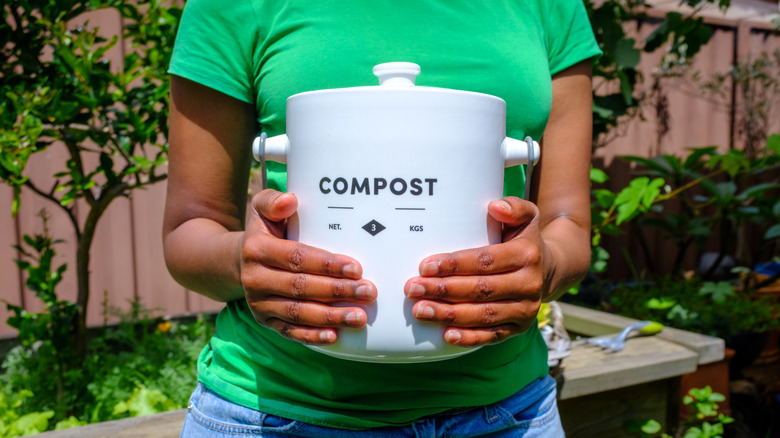 Plungers are relatively inexpensive and can be found at any hardware store. They are also very easy to use, making them a convenient and cost-effective solution for unclogging a kitchen sink. With a little bit of elbow grease, you can save yourself the hassle and cost of calling a professional plumber.
Key Tip:
Investing in a good quality plunger with a sturdy handle and strong suction cup can make all the difference in effectively unclogging your kitchen sink.
In conclusion, a plunger is a valuable tool to have on hand for unclogging a kitchen sink. It creates suction to remove blockages, is a safe and chemical-free solution, and is cost-effective and easy to use. So the next time you encounter a clogged kitchen sink, don't reach for the chemical drain cleaners, reach for a plunger instead.
Plungers are relatively inexpensive and can be found at any hardware store. They are also very easy to use, making them a convenient and cost-effective solution for unclogging a kitchen sink. With a little bit of elbow grease, you can save yourself the hassle and cost of calling a professional plumber.
Key Tip:
Investing in a good quality plunger with a sturdy handle and strong suction cup can make all the difference in effectively unclogging your kitchen sink.
In conclusion, a plunger is a valuable tool to have on hand for unclogging a kitchen sink. It creates suction to remove blockages, is a safe and chemical-free solution, and is cost-effective and easy to use. So the next time you encounter a clogged kitchen sink, don't reach for the chemical drain cleaners, reach for a plunger instead.



































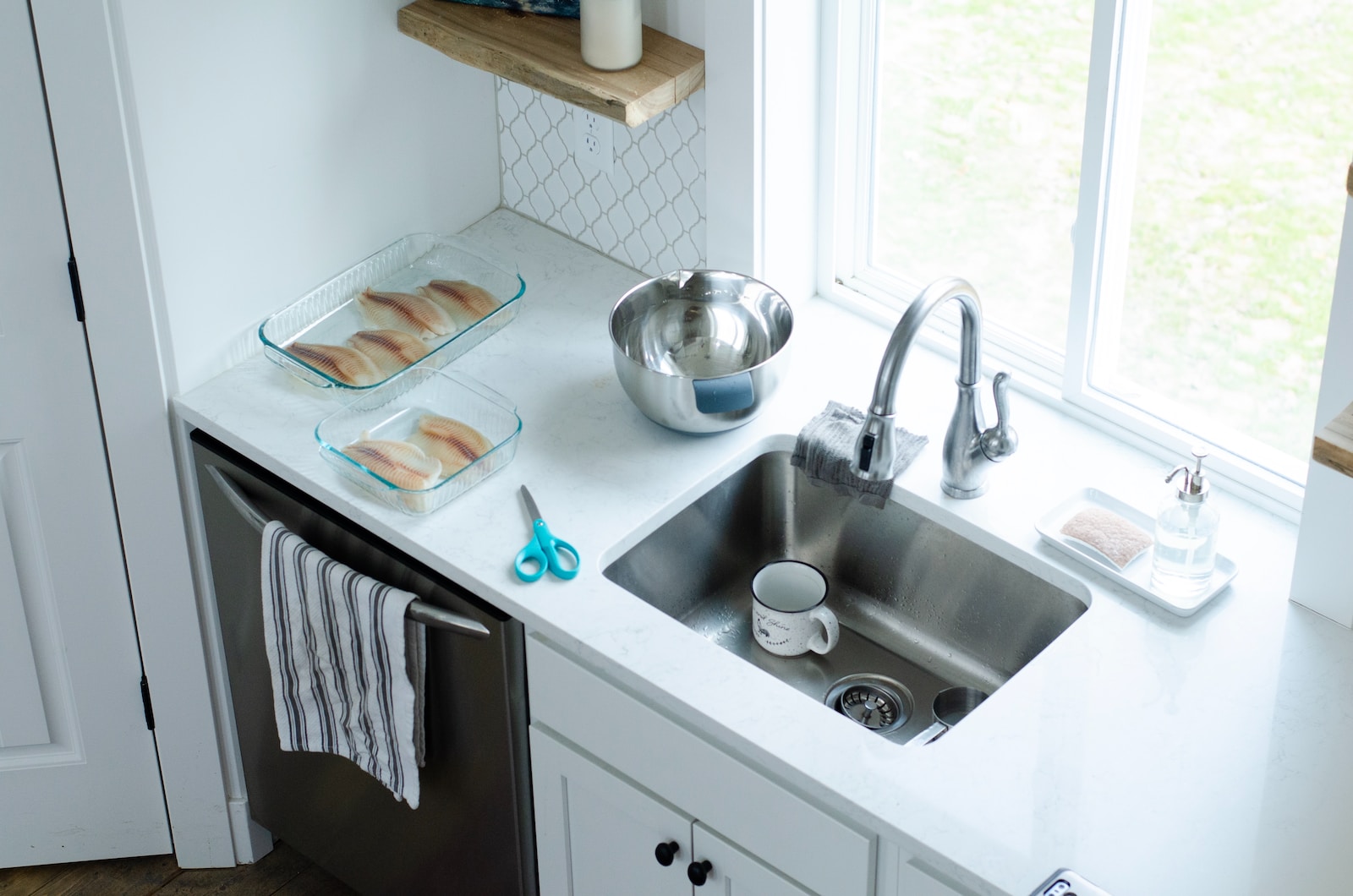
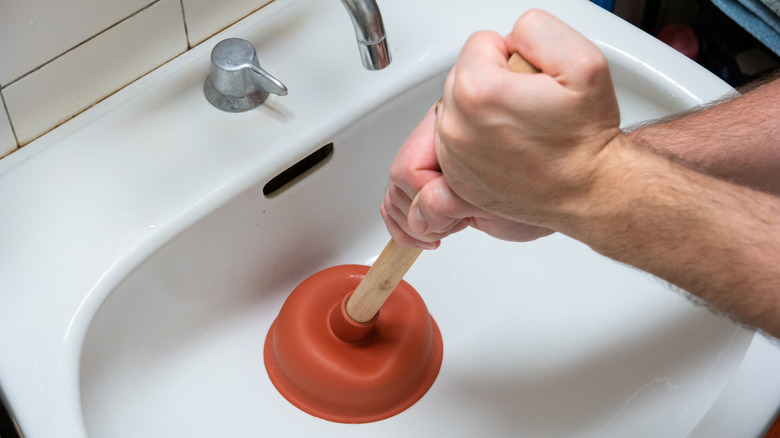
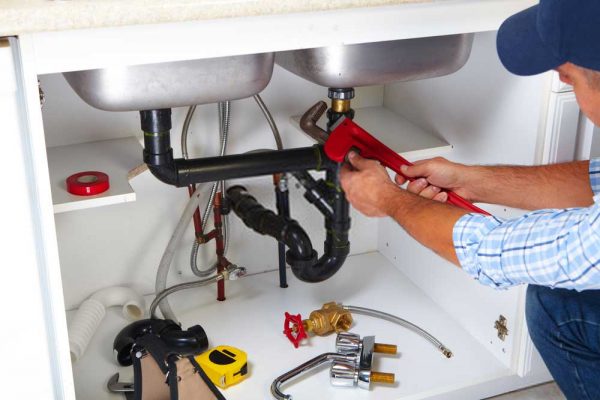


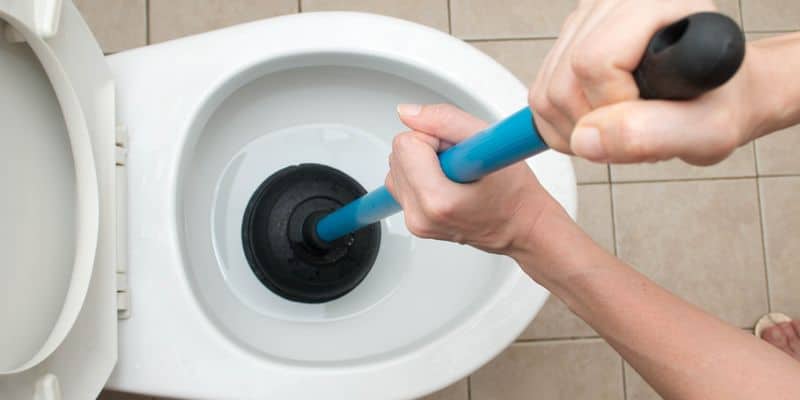
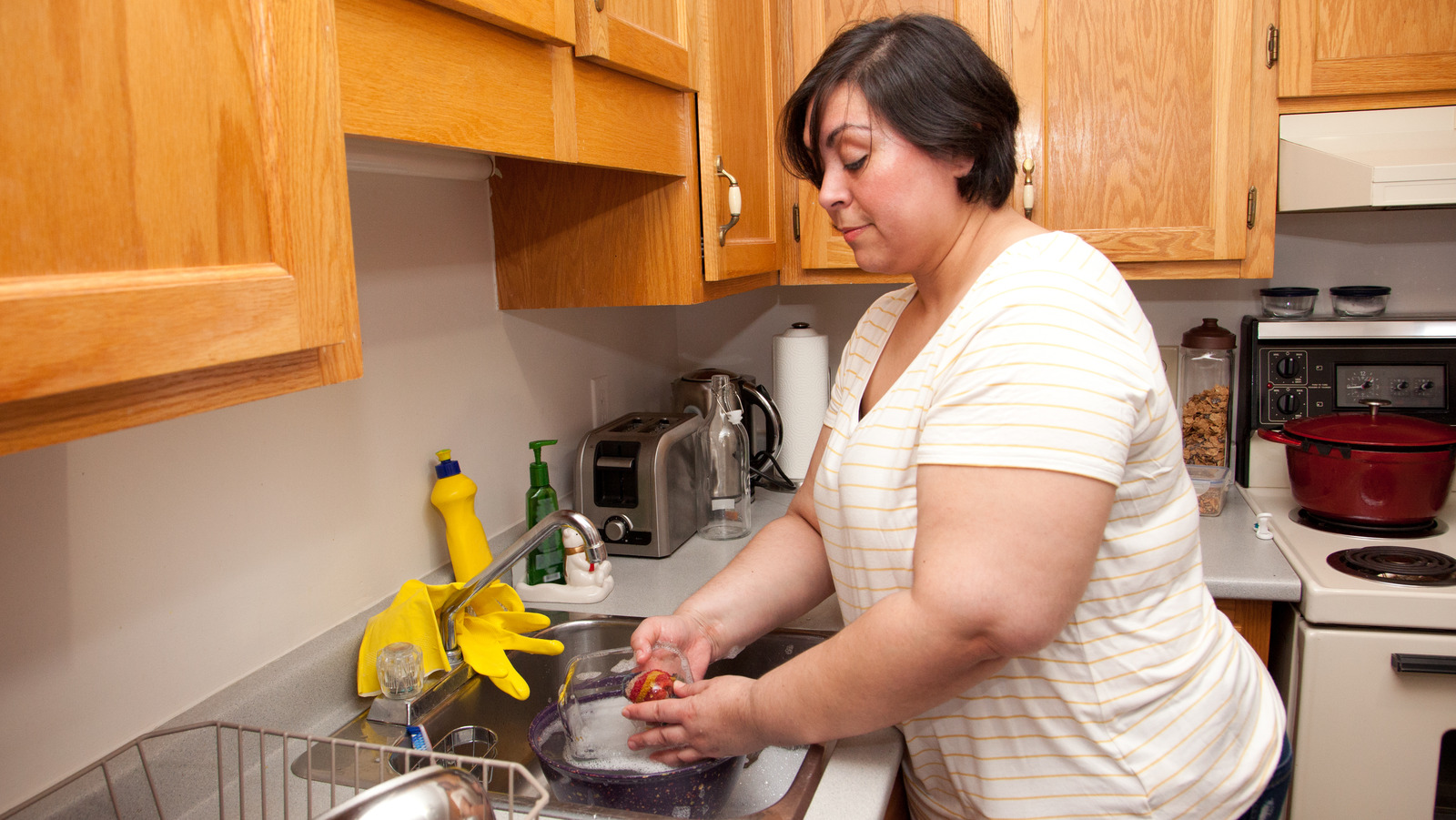


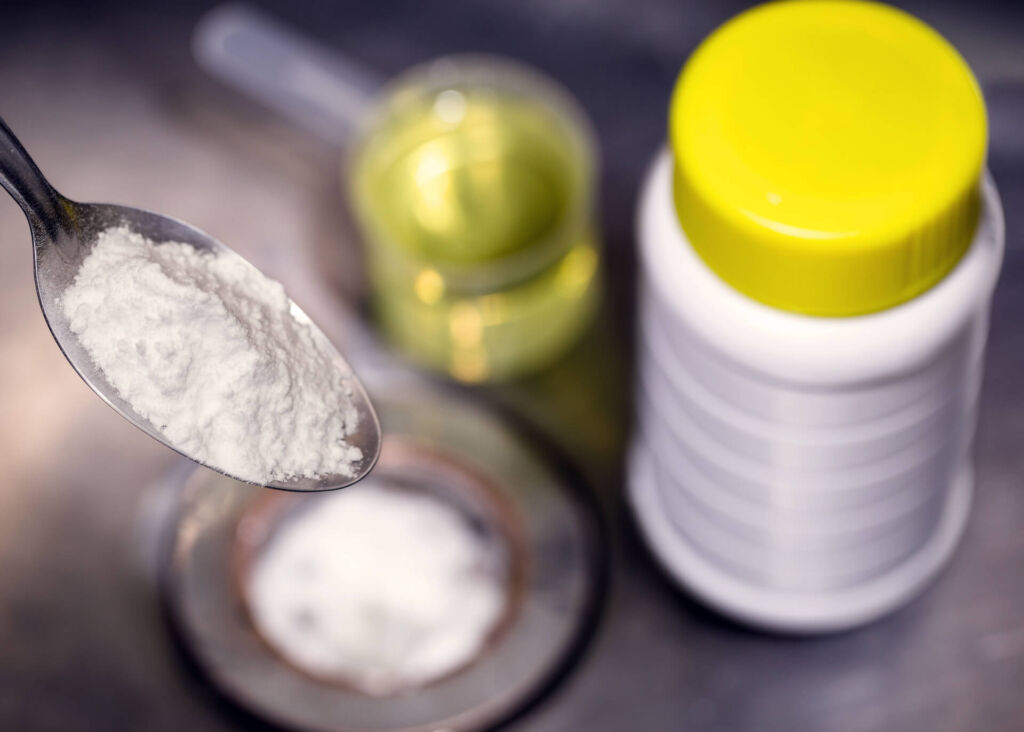




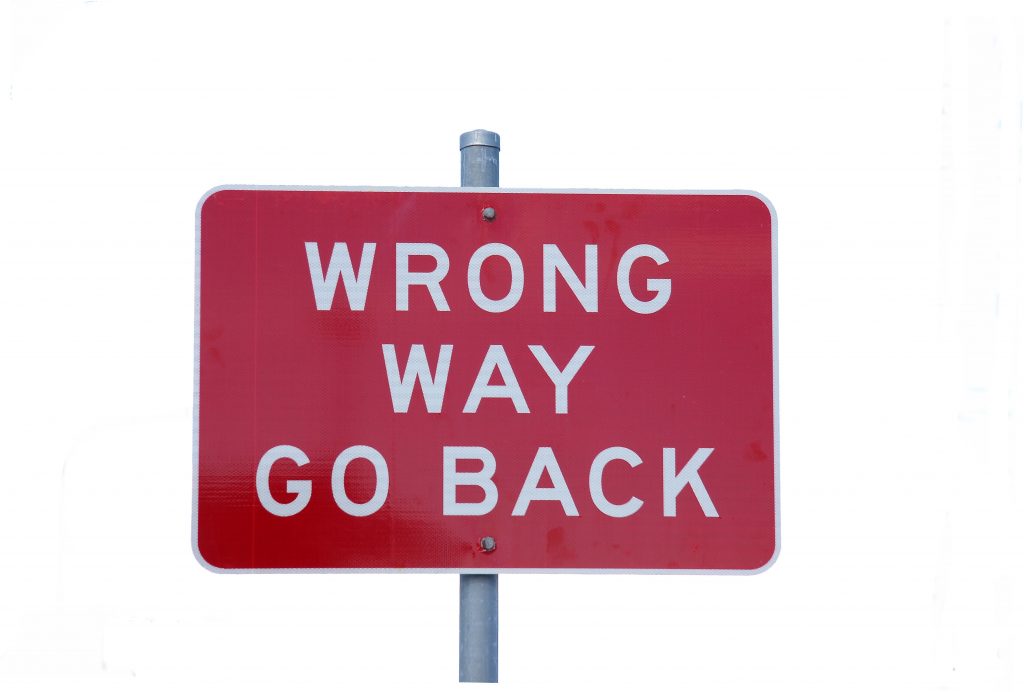
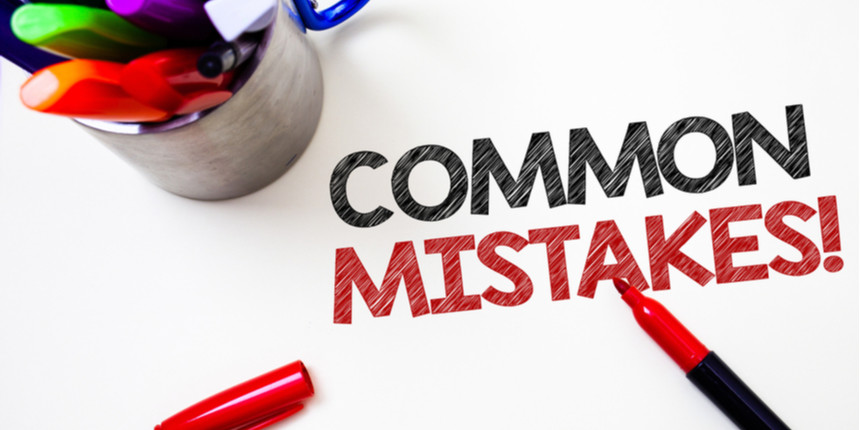





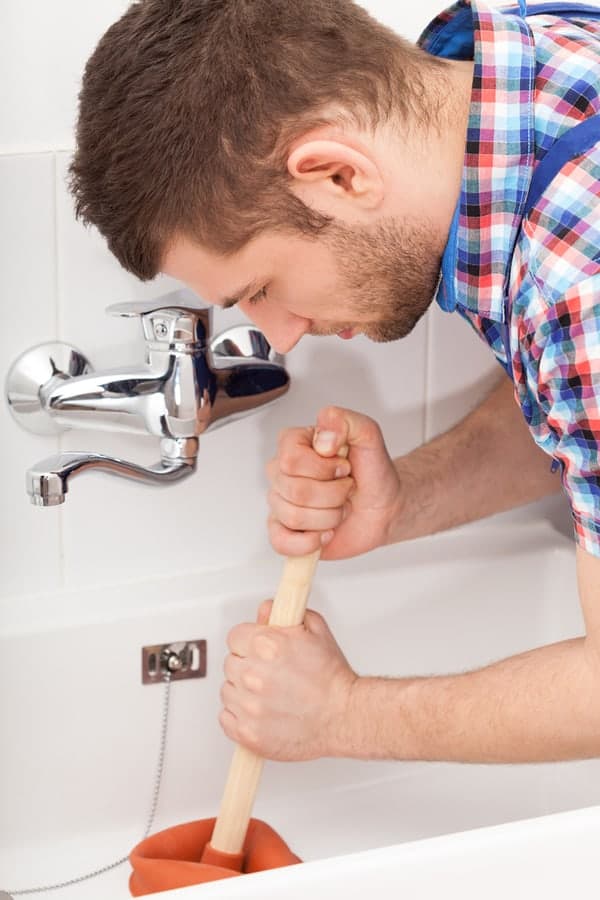


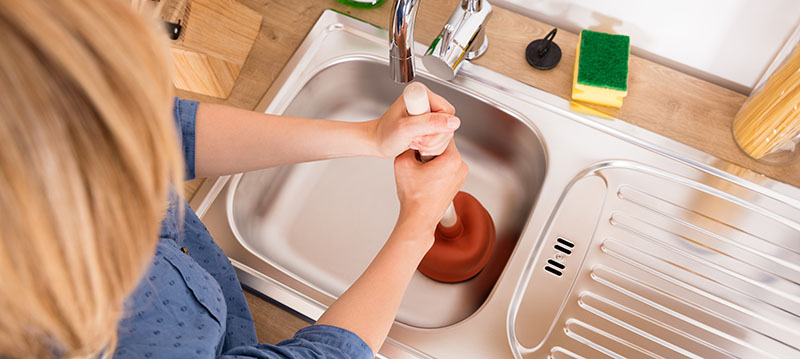







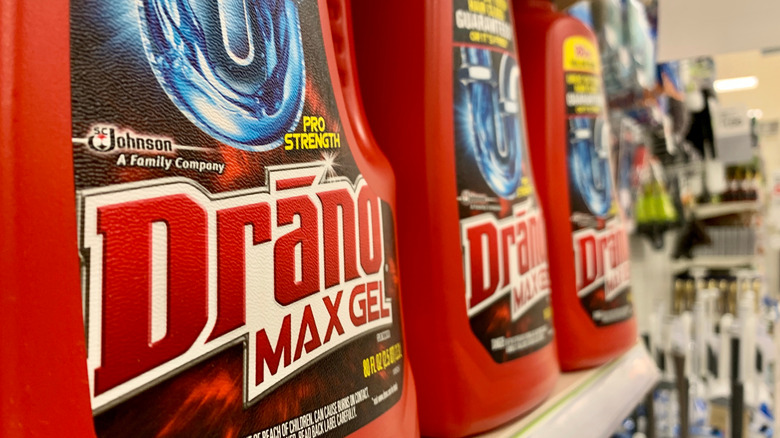
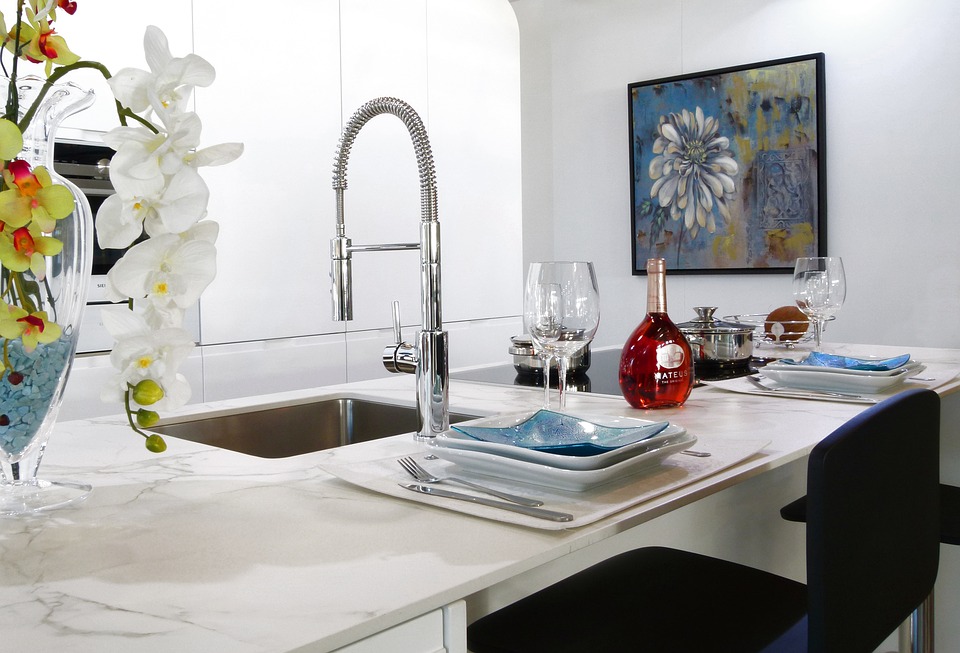



:max_bytes(150000):strip_icc()/unclogging-a-toilet-with-a-plunger-2719030_final_horizontal_10_18-d33deec2a8084e289a5427c6745a0d32.png)
